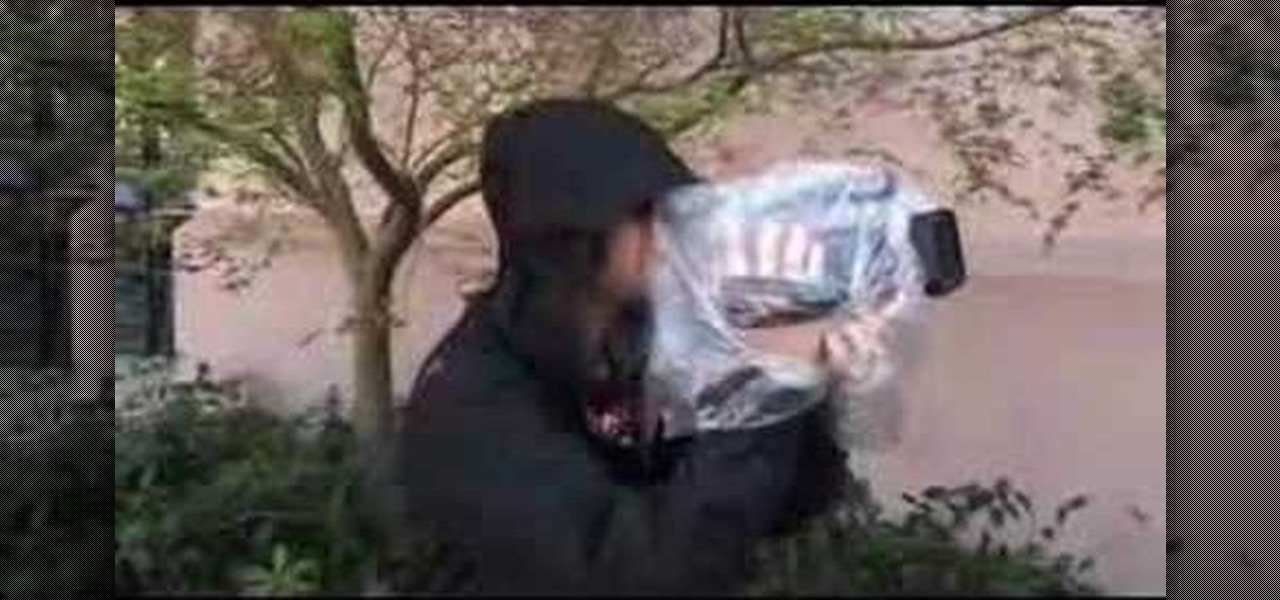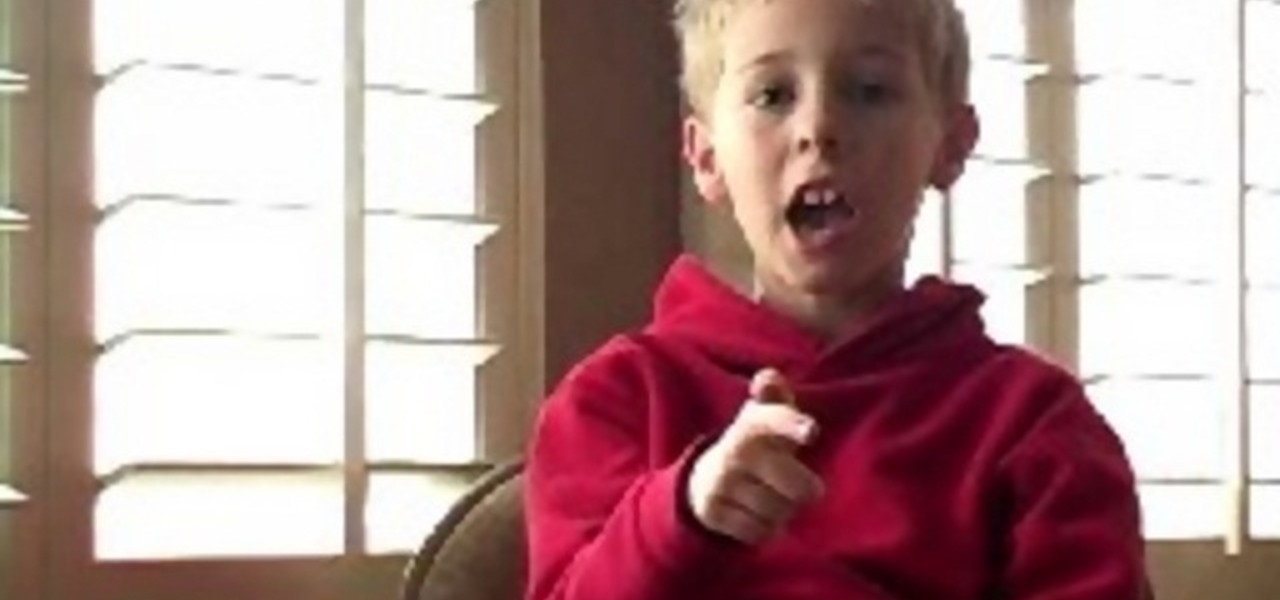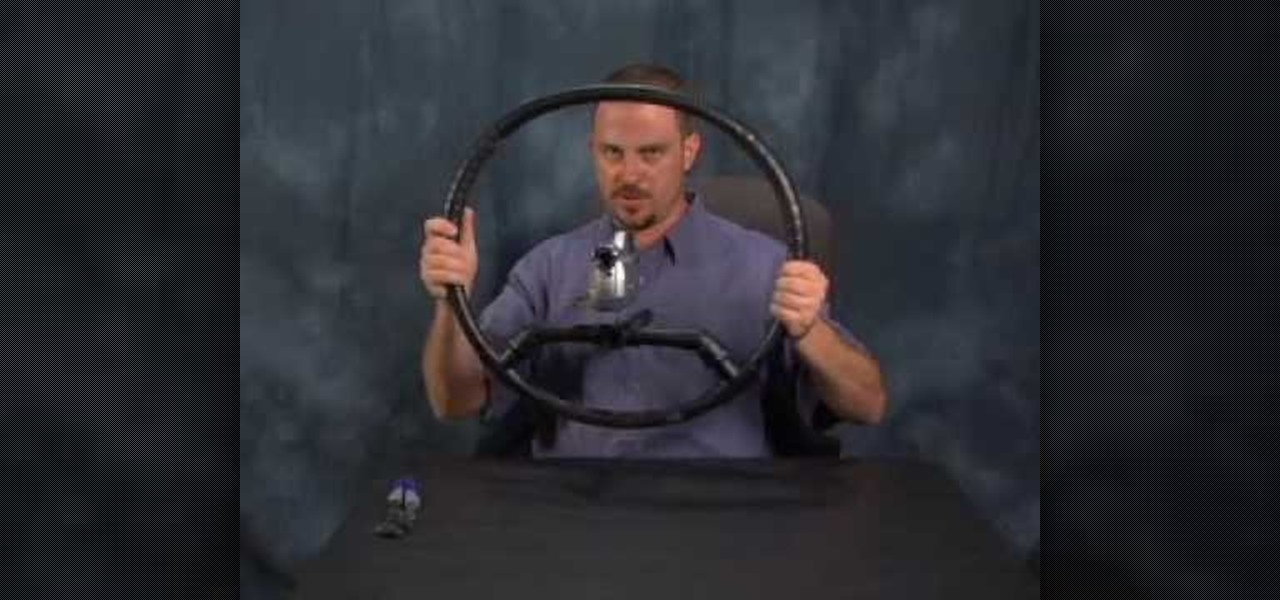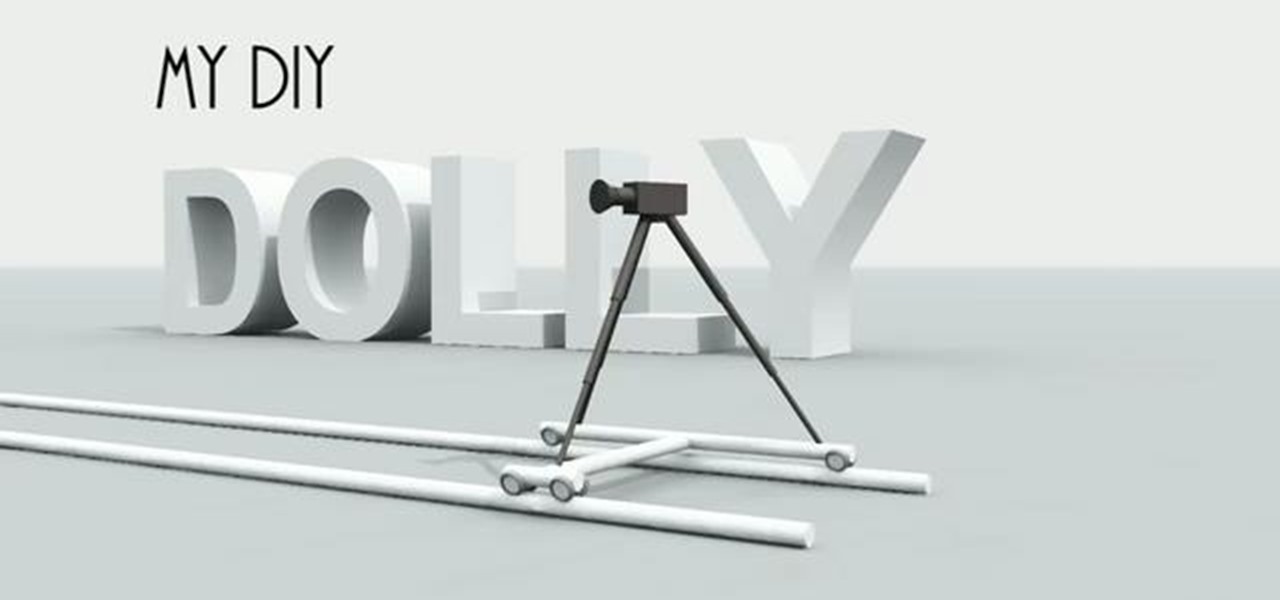Hot Cinematography How-Tos


How To: Operate a steadicam
A steadicam can mean the difference between a professional and steady wide shot of Victorian era London or a wobbly, user-generated content-esque portrayal of some old lamps and streets. Having control over how your camera moves is so vital to good film production.

How To: Build a cheap camera jib arm
Movies take us places we've never been before, and a big tool that has contributed to that age-old phrase "movie magic" is the camera jib arm. Kind of like a camera extendeder, the jib arm is like a rotating crane that you can place your camera on top of.

How To: Protect your moviemaking equipment from rain
Andrew Burke from Videomaker magazine gives some advice for protecting your equipment while shooting in the rain.

How To: Get proper camera angles and moving shots
In this video series, professional filmmaker Kevin Lindenmuth gives you expert advice on how to use camera moves and camera angles to make a powerful, dynamic visual narrative.

How To: Use video filters
This is certainly not all-encompassing, nor is it very complex. It’s a simple before and after demonstration of different video filters. It does tell you what each filter does and how it works so you'll know when to use it. Check out Israel's tutorials for lots of great tips and ideas! Use video filters.

How To: Use exposure when shooting videos
Have you ever found your video images over-exposed? Or under-exposed?

How To: Use F-Stop when shooting videos
Not sure what F-Stop is? Israel Hyman's tutorial goes over the details of what an F-Stop is and how it works. This will also answer some questions you may have regarding both exposure and depth-of-field.

How To: Use lines to create a more interesting image
This Israel Hyman's video demonstrates how using lines can create a more interesting image. This technique is an easy one to learn, and it’s one you can immediately use whether you’re shooting home or formal video. The principles of cinematography are universal.

How To: Focus video image using blur
You can use a Gaussian Blur in a number of ways, but Israel Hyman's purpose in this video podcast is simply to expose you to some new possibilities. It’s a brief Izzy Video because he's just throwing out some ideas. In the future, he’ll show how to create the effect.

How To: Capture better color when shooting videos
One challenge in shooting miniDV video is capturing good color. 3-chip cameras are way better than 1-chip cameras but they are also more expensive. No matter what type you have, remember lighting is still important. In this video Israel Hyman shows you how to capture better color with your camcorder.

How To: Create dolly shots
This video is all about creating dolly shots. If you have ever wondered about how to use and control this type of shot, then let Israel Hyman show you. This is a great alternative to zooming in and out which is unnatural for our eyes.

How To: Synchronize timecode for a multi-camera shoot
Matt, the Shirtless Apprentice, gives us some quick tips on how to sync timecode for multi-camera footage. He shows you how to sync multi-camera footage using cameras that support free run and cameras that don't.

How To: Assemble and shoot with a jib
Matt gets jibby with it! The Shirtless Apprentice teaches you how to assemble, adjust, and use a junior jib on your next film shoot.

How To: Shoot a dolly zoom shot
The dolly zoom shot is also known as the Vertigo Effect in filming. It's that dizzying, slightly unstable camera effect you see in shows like "Glee" and sometimes "The Office." It creates audience confusion, thus forcing them to keep watching in interest.

How To: Shoot b-roll footage
In this episode of The Shirtless Apprentice, Matt is on location to discuss some more tips for shooting internet video, specifically directed towards capturing B-Roll. Take a look at our links section for more shooting tips!

How To: Build a snorricam for a cool camera effect
If you've seen Requiem for a Dream, you've seen the snorricam effect - the camera is worn around the actor's waist and as the actor moves it creates a wild camera effect. The guys at Indy Mogul show you how to build your own snorricam.

How To: Stabilize a handheld camera with an at-home steadycam
Here are 2 designs for making hand held camera shooting a little nicer. By getting your hands off the camera and moving them apart more, you get a much stabler picture. This is a DIY steadycam.

How To: Make a helmet camera
How to make a simple tripod on your camera so that you can take video hands free. Then mount the camera on your head for a weird handy cam like shooting experience. Make a helmet camera.

How To: Capture Fireworks on Video
This tutorial by Israel offers some great tips and tricks on how to capture fireworks on video. Two of the key things to remember are to turn off your auto-focus and manually set the gain.

How To: Apply "The Rule of Thirds" when shooting videos
Israel Hyman is a weekend videographer headquartered in Mesa, Arizona. Here he demonstrates “The Rule of Thirds” to help you make your own home videos look better. The Rule of Thirds is a principle of cinematography that can make all your imagery look better, whether you’re working with videos, still photos, or whatever.

How To: Use "Depth of Field" to make your video look better
Israel Hyman is a weekend videographer headquartered in Mesa, Arizona. In this video, he demonstrates how to use “Depth of Field” to make your digital video look better. Yes, learn how to achieve "dreamy" and film-like quality on your video!

How To: Use shutter speed to make your video look better
Israel Hyman is a weekend videographer headquartered in Mesa, Arizona. In this video, he demonstrates how to use “Shutter Speed” to make your digital video look better. A rule of thumb is: Set the shutter speed at a rate of 1/60 of a second for normal shooting.






